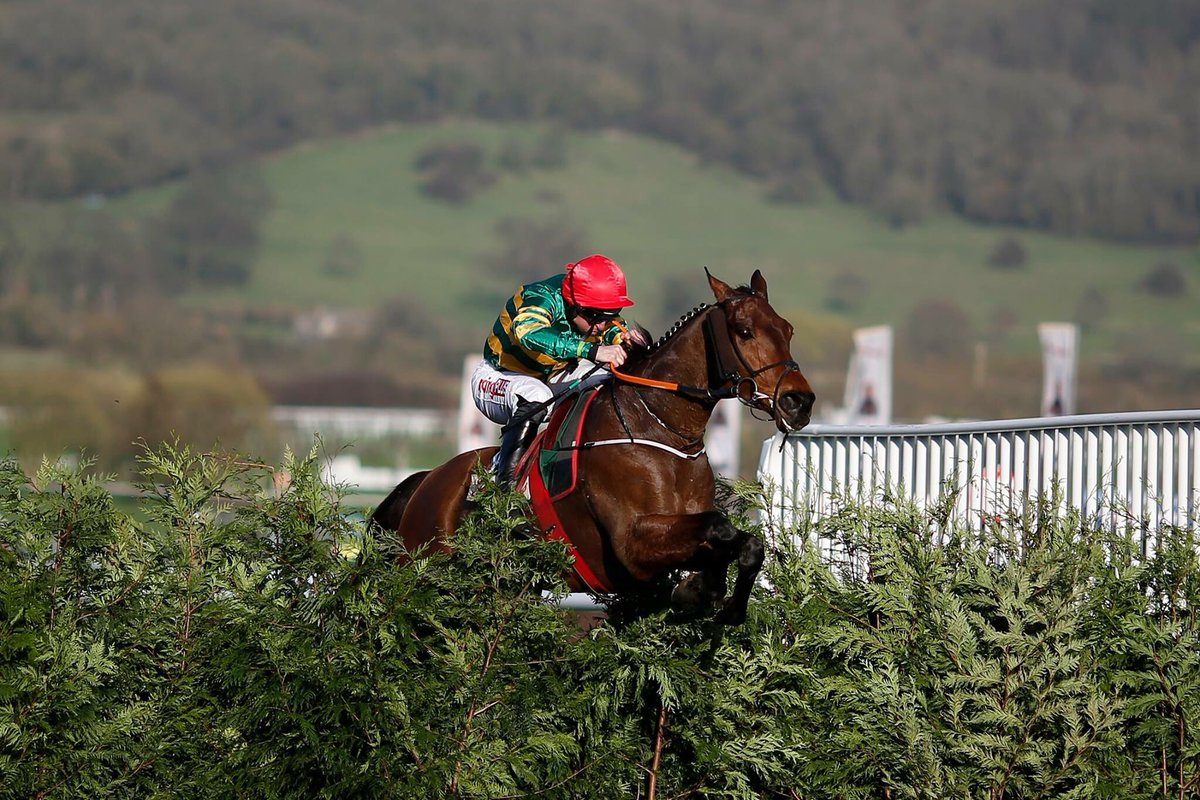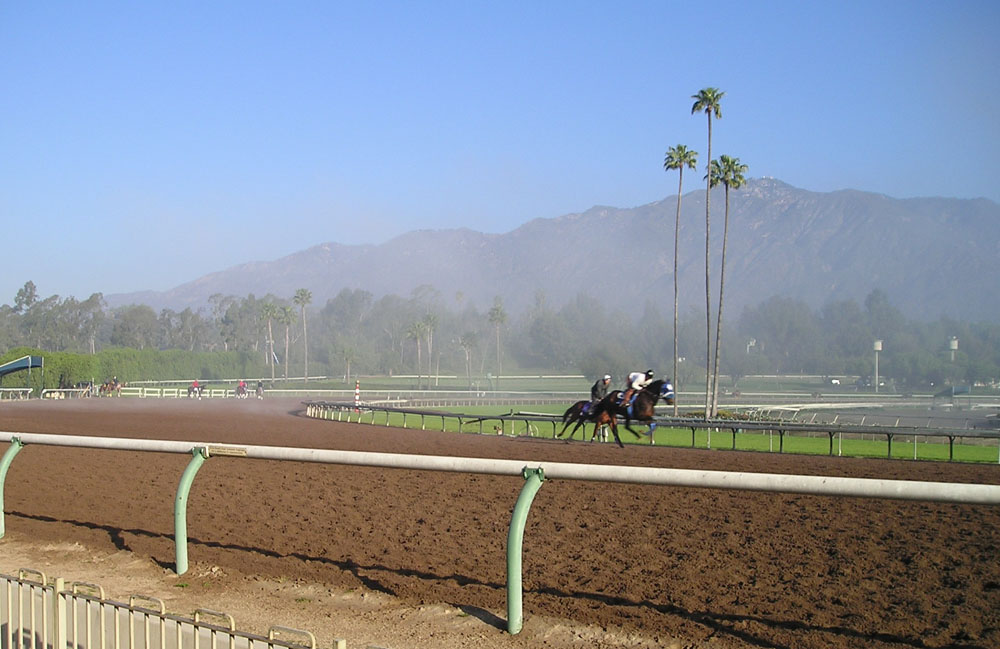
Aintree racecourse is located on the outskirts of Liverpool. It is home to the most unpredictable horse race in the world, the Grand National Taking place in April and ran over a distance of four miles and with sixteen fences to tackle, fourteen of those twice, this is without question the longest and most grueling of any National Hunt race in Britain.
The race’s popularity is evident in its viewing figures, with a global audience of over six hundred million, over five times the number tuning into the Super Bowl. Such a massively popular event doesn’t come without an exciting history. Names of places often come about in the most unusual of circumstances, Aintree is no exception. Having once been a Viking settlement, its name came into being after rampaging Danes lopped down all the trees in the area, bar one. The word Ain means one in Norse, giving you one tree, Aintree!
The first races to take place at Aintree were ran over the flat, with the steeplechase coming later in 1836. The first Grand National took place three years later in 1839, and with it having the reputation of being the most difficult of races to pick the winner in, it’s ironic that jockey Jem Mason rode his horse Lottery to victory that day.
The sound of galloping hooves bounding off the Aintree turf was replaced by the roar of Formula One cars in 1955, as Sterling Moss took pole position on the podium after winning the first Grand Prix to take place there. It was one of five races to be held at Aintree before moving to Brands Hatch at the beginning of the sixties.
The sixteen fences are part of what makes this race so difficult to navigate. and two of the fences, The Chair, and Bechers Brook, must put the fear of God into jockeys running in the race for the first time. The fifteenth fence on the course, the Chair has a height of four foot eight, if that doesn’t sound daunting enough, add to that ground on the landing side, which is six inches higher, and it’s to infinity and beyond as horse and jockey launch themselves five-foot-two into the air. Bechers Brook doesn’t hold back on the fear factor either. The sixth fence stands at four foot ten, but again it’s the landing side that adds to its notoriety, meaning in reality, jockeys are scaling a jump of six-foot-nine from the top of the fence to the other side.
National Hunt racing, which first took place in the 1830s in England, is often overshadowed by its flat racing counterpart, probably due to the higher prize money on offer. Generally considered an autumn and winter sport, it might not have the appeal of those sunny days at Ascot, but it certainly has a habit of throwing up some quite remarkable stories.
One such moment occurred in 1981, a story of such magnitude, it was later made into a film. In 1979, jockey Bob Champion was diagnosed with cancer; worse still; doctors only gave him eight months to live. Not only did Bob not sit back and accept his fate, he instead set his sights on winning the 1980 Grand National. That ambition was scuppered after a severe infection nearly killed the English jockey.
Defying the odds, Champion began his recovery and was back in training a year later with his sights set on a Grand National winner with his mount Aldaniti. The jockey wasn’t the only one recovering, connections of the horse were unsure if Aldaniti would make it around the course, let alone win, because of the injuries on all but one of his legs.
Maybe it was fate. Maybe God was looking down on those two that day, or perhaps it was just the combined fighting spirit of both horse and jockey. Whatever it was, seeing Bob Champion and Aldaniti pass the winning post in first place to take the 1981 Grand National has to be one of the most emotional occasions in any sporting event.
Shown in over one hundred and sixty countries worldwide and sparking a betting frenzy like no other horse race in the world. The Grand National holds a special place in the hearts of not only racing fans but the guy next door, your uncle John and the pizza delivery boy, a race that captures the imagination of people from all walks of life.




